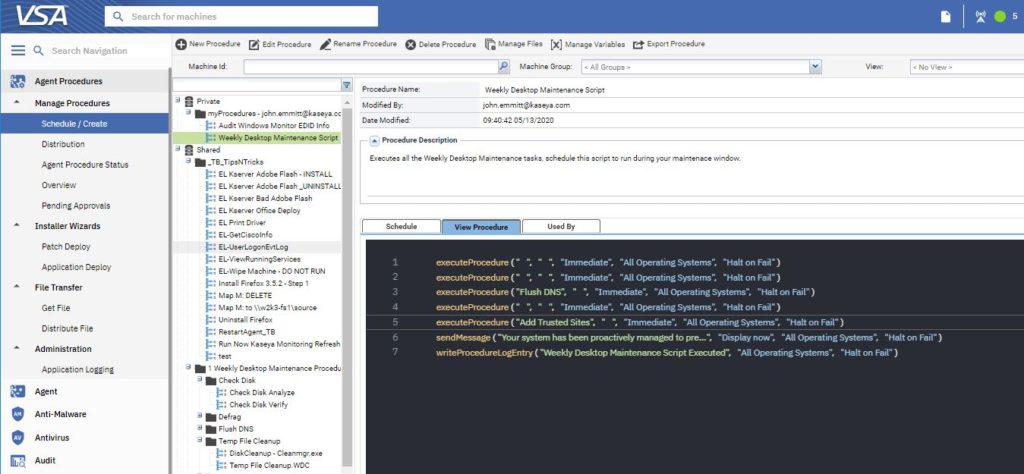IT service providers have come a long way over the past couple of decades. With the rapid rise in the adoption of technology came personal computers, which brought with them their own maintenance problems and issues. When machines broke, businesses would dial up IT service providers who would come to your office location and fix the machines. They would also be available to fix networking issues and other IT problems. This reactive model of hiring service providers for one-time services came to be known as the break/fix model of IT services.
What Does Break/Fix Mean?
A method of providing IT support to client companies, as noted in this article on TechTarget, break/fix services are generally fee-based and rely on the customer to contact the IT services company when repairs or upgrades are needed. Break/fix service providers typically work on a time-and-materials basis wherein they charge an hourly rate plus the cost of parts.
With break/fix services, providers generally do not commit to service-level agreements (SLAs). Factors like service response times and fees depend on the severity of the issue and, of course, how long it takes to resolve the problem.
Pros and Cons of Break/Fix IT Support
The break/fix model does have some allure from the client’s perspective. For example, there’s no up-front investment in IT services. It is totally a pay-as-necessary model. This could be attractive to small businesses that have simple IT needs, such as keeping a small number of office computers up and running.
Implementing the break/fix model is also hassle-free for IT service providers. They need to charge only technician labor rates and for parts, rather than selling, creating and managing monthly or yearly service contracts.
The downside to break/fix IT support is the lack of proactive monitoring or preventive maintenance of the clients’ IT systems. In other words, you are just waiting for something to fail rather than taking measures to prevent it from happening. Not the best way to run a business (especially if you are the client). That server failure, for example, could happen at the most inopportune time.
Also, it’s not in the financial interest of the service provider to fix the problem quickly. So, the client may end up paying more to fix the issue.
Breaking Away From the Break/Fix Model
While break/fix was once the standard IT service delivery model, providers have been moving away from it. For the past decade, IT environment complexity has continued to grow for businesses of all sizes. Client companies have to manage a much larger number of endpoints, deal with major IT security concerns and tend to more complicated IT networks. To maintain system uptime in today’s complex IT environments, a more proactive IT management approach is required.
Enter managed services, where IT systems are proactively monitored and routine maintenance is performed as part of a standard services contract. Under the managed service model, the client is typically billed monthly or annually for the services provided, which are backed by SLAs. There is generally a flat monthly or annual fee, often based on either the number of endpoints under management or the number of end users in the client’s business.
This model has a huge advantage for managed service providers (MSPs) since it provides a steady and predictable revenue stream. Break/fix, on the other hand, is very unpredictable from a revenue standpoint. Of course, the managed services model has major advantages for the client as well. The proactive IT management approach means that it’s much less likely that there will be a major disruption to the business due to an unforeseen IT system failure. And, with managed services, it’s in the best interest of both the client and the service provider to fix issues quickly.
Today, managed IT services typically include:
- Endpoint Monitoring and Management – Proactive monitoring and management of the client’s IT infrastructure, on-premises, remote/off-network or in the cloud. This can include automated processes for routine server and workstation maintenance as well as auto-remediation of common IT incidents.

- Help Desk – Technical support for end users
- Security – Keeping devices secure with antivirus/antimalware protection, automated software patch management and security reporting
- Backup and Disaster Recovery – Data storage, backup and recovery testing
Managed service providers make use of tools such as remote monitoring and management (RMM) and professional services automation (PSA) to manage their clients’ IT infrastructure and run their MSP businesses. Kaseya VSA, a powerful RMM solution, enables MSPs to remotely manage and troubleshoot end-user computers efficiently. Kaseya provides the most comprehensive IT management platform — IT Complete, to help MSPs win at every stage of their development and grow monthly recurring revenue (MRR).
If you are looking to establish and/or grow your MSP business, download our pricing guide, MSP Guide to Higher Growth: Pricing for Profitability.





